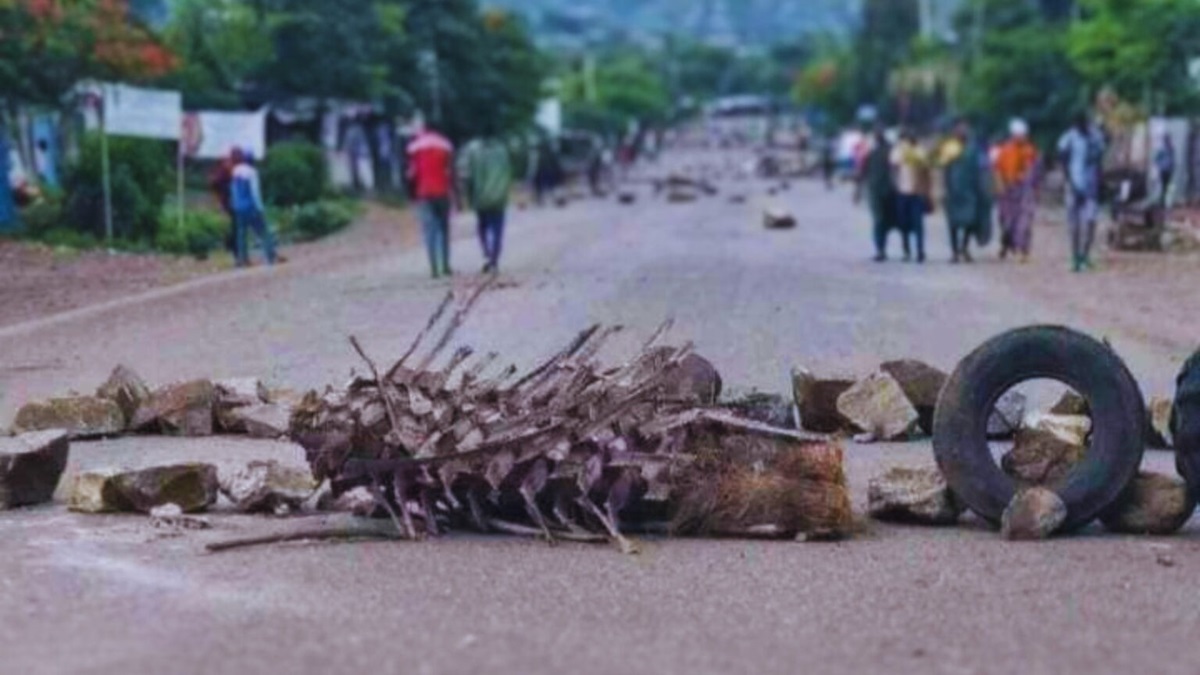News: Amidst alarming surge in malaria cases, Amhara regional health institute to launch antimalarial chemical spraying program

Addis Abeba – In the wake of the doubling of nationwide malaria cases in the past three months, reaching a staggering 2.4 million, the Amhara Regional Public Health Institute has announced plans to implement an antimalarial chemical spraying program in 190 kebeles across the region.
The region has witnessed a continuous rise in malaria cases since 2017. Five years ago, the number of malaria patients was around 280,000, which sharply increased to 1.1 million by the end of the last Ethiopian fiscal year. The Office for the Coordination of Humanitarian Affairs (OCHA) recently reported a concerning surge in malaria cases in Ethiopia, going from 1.2 million on 25 June to 2.4 million on 1 October, 2023.
According to the Institute, a staggering 82% of the population in the Amhara region is highly susceptible to the spread of malaria. Damte Lanker, coordinator of the malaria program at the Amhara Regional Public Health Institute, stated that 90% of reported malaria cases are concentrated in the western part of the region, with one of the affected districts being East Dembia. Official figures indicate that 63 out of every 1,000 people in East Dembia are affected by malaria.
East Dembia experienced a major malaria epidemic in 1957, resulting in the loss of hundreds of lives. Experts from the Institute highlight that the woreda is particularly susceptible to malaria due to its proximity to Tana Lake, which is home to numerous rivers and irrigation projects, providing an ideal breeding ground for malaria-carrying mosquitoes.
Malaria is not only spreading in Amhara but also in other regions of the country. Just a week ago, Addis Standard reported that at least 36 people lost their lives to malaria in the Begi and Kondala districts of the West Wollega Zone within the Oromia Regional State. Local residents report an average of two to three daily deaths, and around 10,250 people have been treated for the outbreak.
The Amhara region is also struggling with a cholera outbreak. Last week, the Institute declared that 76 individuals had died as a result of cholera. Starting in the West Gondar Qara district on 8 July, 2015, this cholera epidemic has now spread to 31 districts. Current data indicates that 4,084 people have been affected by cholera so far.
To stem the tide of the outbreak, the region administered vaccinations to 1.8 million people in seven districts and two city administrations in the past month. However, the vaccination program has been disrupted by the ongoing conflict between the federal government and the non-state militia group known as Fano.
According to OCHA, the majority of cholera cases are reported in Oromia (33%), followed by Amhara (19%) and Sidama (13%). Nationwide, the number of cholera cases has risen from 13,118 on 12 July, 2023, to 24,197 as of 3 October, 2023, according to OCHA’s most recent report. Until 2 October, 2023, a total of 300 deaths had been recorded in Ethiopia as a result of cholera. AS







